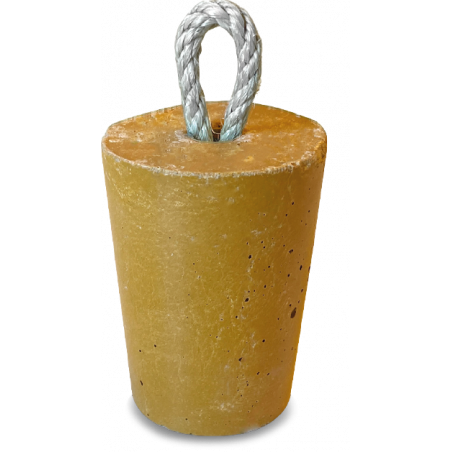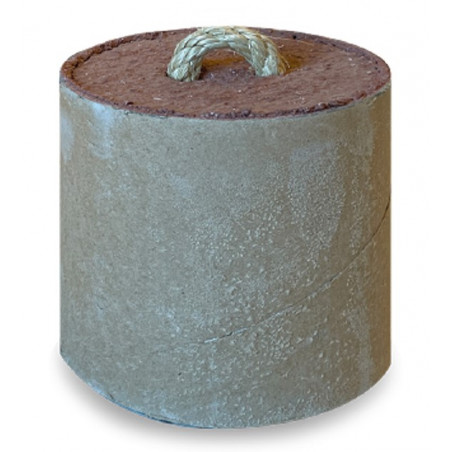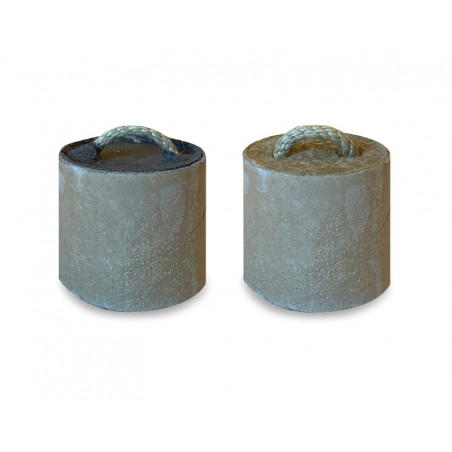Tail biting is a major welfare and economic problem for indoor pig producers worldwide. Low tail posture is an early warning sign which could reduce tail biting unpredictability. Taking a precision livestock farming approach, we used Time-of-flight 3D cameras, processing data with machine vision algorithms, to automate the measurement of pig tail posture. Validation of the 3D algorithm found an accuracy of 73.9% at detecting low vs. not low tails (Sensitivity 88.4%, Specificity 66.8%). Twenty-three groups of 29 pigs per group were reared with intact (not docked) tails under typical commercial conditions over 8 batches.
15 groups had tail biting outbreaks, following which enrichment was added to pens and biters and/or victims were removed and treated. 3D data from outbreak groups showed the proportion of low tail detections increased pre-outbreak and declined post-outbreak. Pre-outbreak, the increase in low tails occurred at an increasing rate over time, and the proportion of low tails was higher one week pre-outbreak (-1) than 2 weeks pre-outbreak (-2). Within each batch, an outbreak and a non-outbreak control group were identified. Outbreak groups had more 3D low tail detections in weeks -1, +1 and +2 than their matched controls. Comparing 3D tail posture and tail injury scoring data, a greater proportion of low tails was associated with more injured pigs. Low tails might indicate more than just tail biting as tail posture varied between groups and over time and the proportion of low tails increased when pigs were moved to a new pen.

Our findings demonstrate the potential for a 3D machine vision system to automate tail posture detection and provide early warning of tail biting on farm.
D’Eath RB, Jack M, Futro A, Talbot D, Zhu Q, Barclay D, et al. Automatic early warning of tail biting in pigs: 3D cameras can detect lowered tail posture before an outbreak. PLoS ONE. 2018; 13(4): e0194524. https://doi.org/10.1371/journal.pone.0194524







